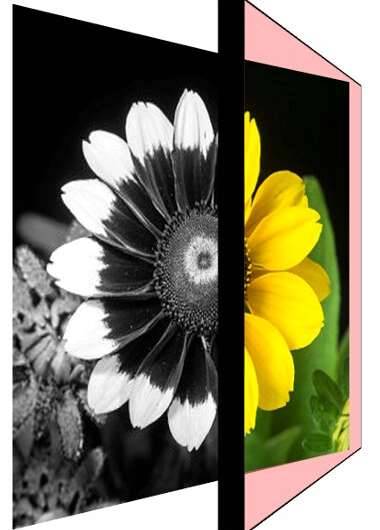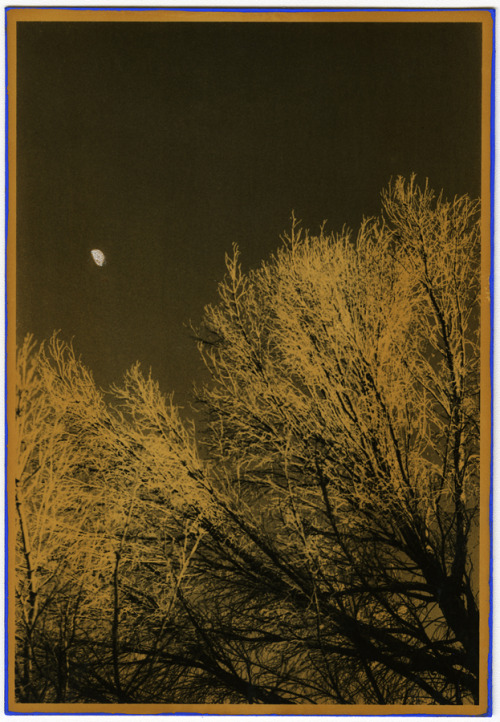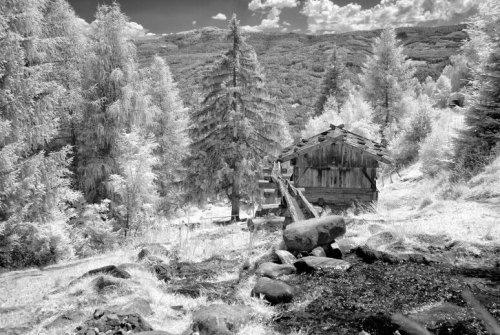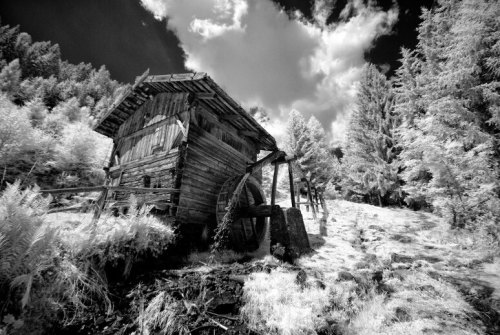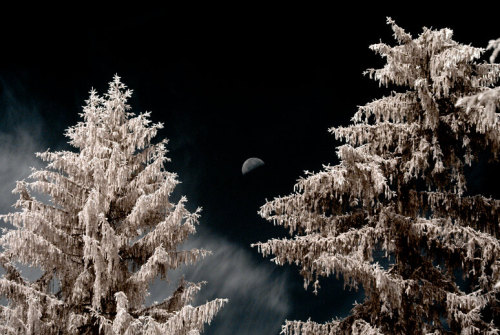#infrared
Exploring the hyperchaos of mid-infrared lasers
Chaos, often popularized as the ‘butterfly effect’, describes the irregular phenomenon of deterministic systems. Based on the unique features of sensitivity to initial conditions and unpredictability of future evolutions, chaos from laser diodes has found applications in private optical communication links, high-rate random number generations, Lidar systems, and optical computing networks. However, most chaotic light sources are operated in the near-infrared range, and hence the applications are limited to this spectral range as well.
A Chinese team of scientists, led by Professor Cheng Wang from ShanghaiTech University, China recently reported a mid-infrared hyperchaos source in Light: Science & Applications. The chaos generation relies on interband cascade lasers, one major type of laser source in the mid-infrared regime. The lasers without any external perturbation usually produce continuous-wave output. In order to trigger the chaos production, the team applied an external perturbation known as 'optical feedback’ to the lasers. Optical feedback is a technique where the laser output is reflected back to the laser cavity through a reflection mirror. The delayed light interacts nonlinearly with the laser device and generates chaos under certain operation conditions.
Post link
Researchers develop glass-in-glass fabrication approach for making miniature IR optics
Researchers have developed a new fabrication process that allows infrared (IR) glass to be combined with another glass and formed into complex miniature shapes. The technique can be used to create complex infrared optics that could make IR imaging and sensing more broadly accessible.
“Glass that transmits IR wavelengths is essential for many applications, including spectroscopy techniques used to identify various materials and substances,” said research team leader Yves Bellouard from Ecole Polytechnique Fédérale de Lausanne (EPFL) in Switzerland. “However, infrared glasses are difficult to manufacture, fragile and degrade easily in the presence of moisture.”
In the journal Optics Express, the researchers describe their new technique, which can be used to embed fragile IR glasses inside a durable silica matrix. The process can be used to create virtually any interconnected 3D shape with features measuring a micron or less. It works with a wide variety of glasses, offering a new way to fine-tune the properties of 3D optics with subtle combinations of glass.
Post link
Color-changing magnifying glass gives clear view of infrared light
Detecting light beyond the visible red range of our eyes is hard to do, because infrared light carries so little energy compared to ambient heat at room temperature. This obscures infrared light unless specialized detectors are chilled to very low temperatures, which is both expensive and energy-intensive.
Now researchers led by the University of Cambridge have demonstrated a new concept in detecting infrared light, showing how to convert it into visible light, which is easily detected.
In collaboration with colleagues from the UK, Spain and Belgium, the team used a single layer of molecules to absorb the mid-infrared light inside their vibrating chemical bonds. These shaking molecules can donate their energy to visible light that they encounter, ‘upconverting’ it to emissions closer to the blue end of the spectrum, which can then be detected by modern visible-light cameras.
The results, reported in the journal Science, open up new low-cost ways to sense contaminants, track cancers, check gas mixtures, and remotely sense the outer universe.
Post link

The Ring Nebula (M57), is more complicated than it appears through a small telescope. The easily visible central ring is about one light-year across, but this remarkably deep exposure shows in detail the looping filaments of glowing gas extending much farther from the nebula’s central star. This image, taken by combining data from three different large telescopes, includes red light emitted by hydrogen as well as visible and infrared light. The Ring Nebula is an elongated planetary nebula, a type of nebula created when a Sun-like star evolves to throw off its outer atmosphere to become a white dwarf star. The Ring Nebula is about 2,500 light-years away from us here on Earth.
Image Credit: Hubble, Large Binocular Telescope, Subaru Telescope; Composition & Copyright: Robert Gendler
IR
italy, 04/11/2019
Juno:Three views of Jupiter’s moon Io from three different instruments, taken December 21st 2018. Top photo is a JunoCam image, with a volcanic plume visible along the terminator. Second is a Stellar Reference Unit image taken after Io passed into Jupiter’s shadow, & was illuminated only by light reflected off Europa. Third one is a JIRAM infrared image, so the bright spots show heat sources, presumably volcanic features. The article mentions Juno also taking images with the Ultraviolet Imaging Spectrograph, but they neglected to include any with the press release. I’m not sure I’ve ever actually seen any images from it, come to think of it. Anyway, this is all coming from a probe that wasn’t designed to study Jovian moons, and doesn’t fly anywhere near them.
Post link
Photography by Visioni Italiane
Location: Lago di Braies, Alto Adige Südtirol, Italy
If you enjoy it, please consider supporting my work, buy a print at Visioni Italiane use TUMBLRLOVE4VI for 5% off!
Post link
Photography by Visioni Italiane
Location: Lago di Braies, Alto Adige Südtirol, Italy
If you enjoy it, please consider supporting my work, buy a print at Visioni Italiane use TUMBLRLOVE4VI for 5% off!
Post link
Photography by Visioni Italiane
Location: Terento/Terenten, Alto Adige/Südtirol, Italy
Technique: Digital Infrared
If you enjoy it, please consider supporting my work, buy a print at Visioni Italiane use TUMBLRLOVE4VI for 5% off!
Post link
Photography by Visioni Italiane
Location: Terento/Terenten, Alto Adige/Südtirol, Italy
Technique: Digital Infrared
If you enjoy it, please consider supporting my work, buy a print at Visioni Italiane use TUMBLRLOVE4VI for 5% off!
Post link
Photography by Visioni Italiane
Location: Brunico/Bruneck, Alto Adige Südtirol, Italy
Technique: Digital Infrared
If you enjoy it, please consider supporting my work, buy a print at Visioni Italiane use TUMBLRLOVE4VI for 5% off!
Post link




